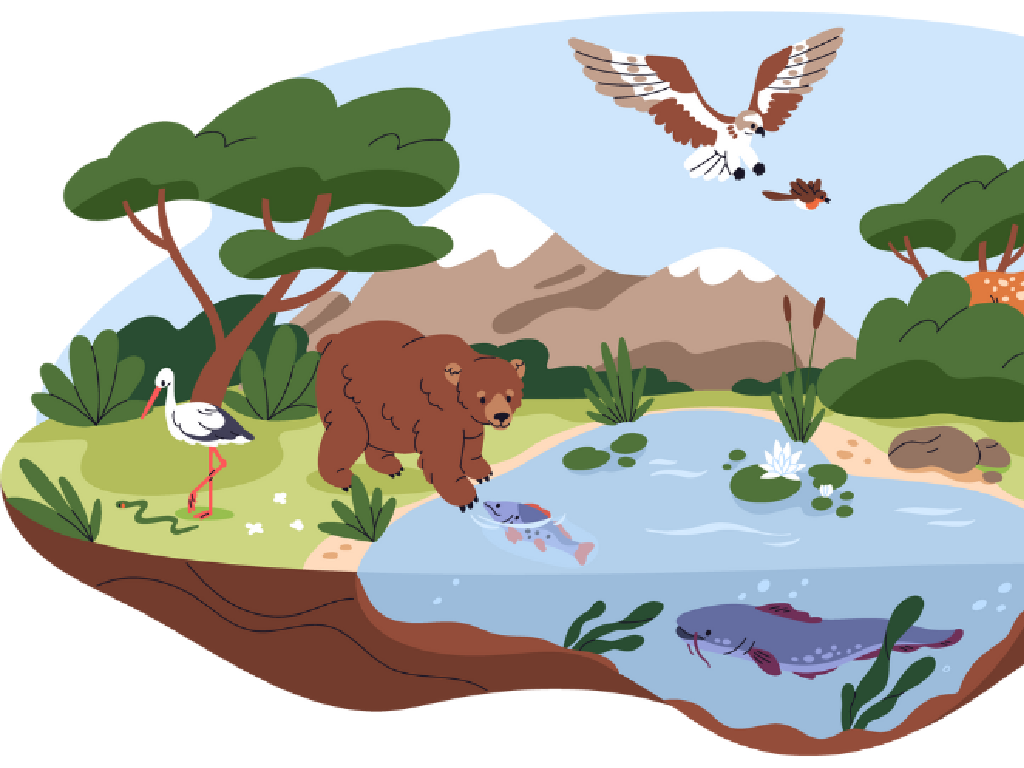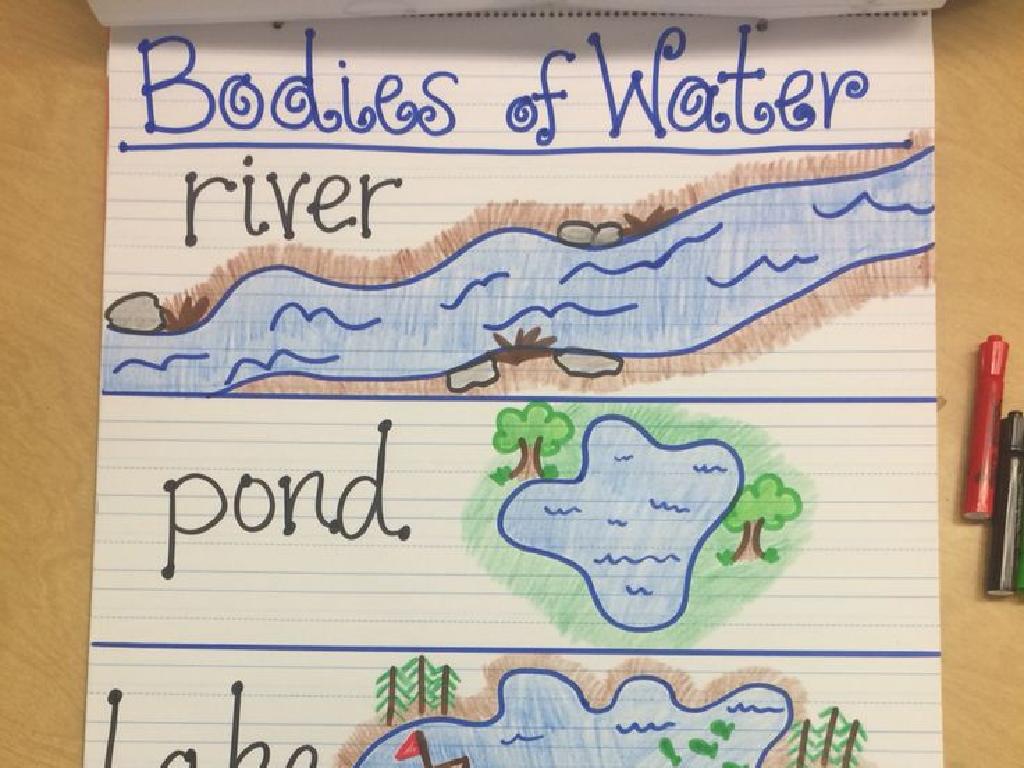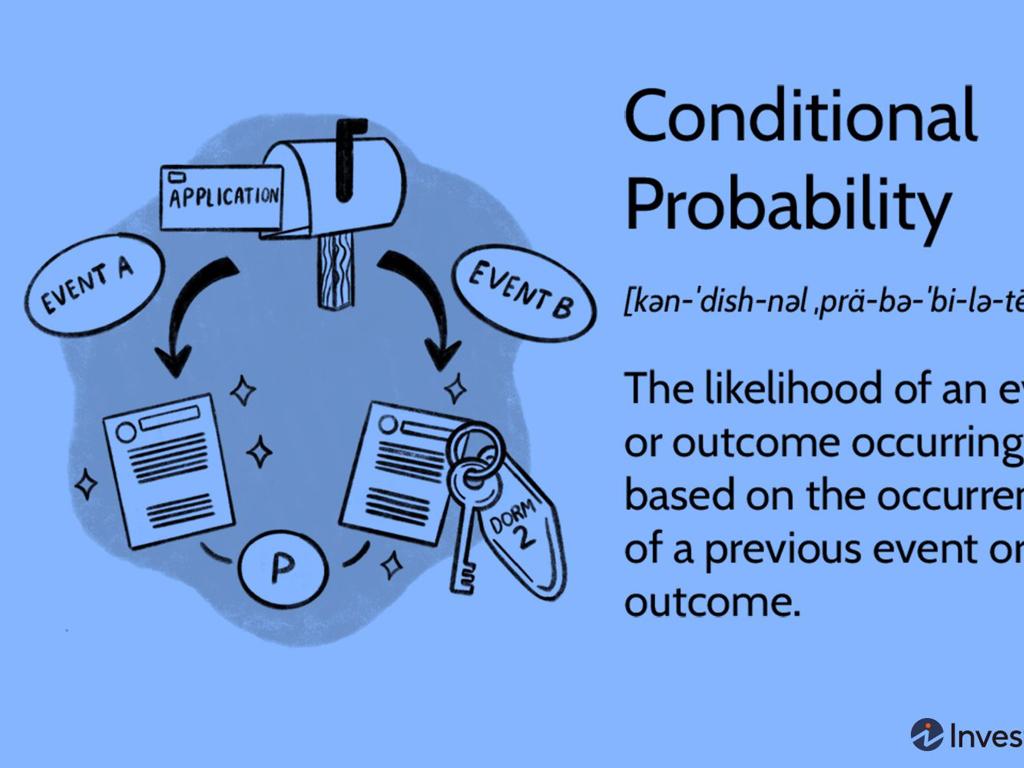Select The Thirteen Colonies
Subject: Social studies
Grade: Fourth grade
Topic: English Colonies In North America
Please LOG IN to download the presentation. Access is available to registered users only.
View More Content
Welcome to Colonial America!
– Meet the Thirteen Colonies
– The first settlements of Britain in America
– What is a colony?
– A colony is a place ruled by another country
– Significance of the Thirteen
– They laid the foundation for the USA
– The impact on America’s story
– These colonies shaped the nation’s future
|
This slide introduces students to the Thirteen Colonies, which were some of the first places in North America where people from Britain made their homes. It’s important to explain what a colony is and how these particular colonies were governed by Britain but located far across the ocean. Discuss why the Thirteen Colonies were important, highlighting their role in the creation of the United States and how they contributed to the country’s early development. Use this opportunity to spark curiosity about how these colonies came together to form a new nation. Encourage students to think about the impact of these colonies on the history and culture of America.
Understanding Colonies
– What is a colony?
– A place ruled by another country, not by its own people.
– Colonies around the world
– Examples: India was a colony of Britain, Algeria was a colony of France.
– Colonies vs. Native lands
– Colonies often took land from native peoples.
– Impact on indigenous people
– Native populations were greatly affected by colonization.
|
This slide introduces the concept of a colony in the context of the Thirteen Colonies. A colony is defined as a territory under the immediate political control of a state, distinct from the home territory of the sovereign. Provide examples of colonies to help students understand the concept in a global context. Discuss the differences between colonies and native lands, emphasizing how colonization often resulted in the occupation of lands that were originally inhabited by indigenous peoples. Highlight the impact of colonization on native populations, including cultural changes and displacement. This will set the stage for discussing the specific history of the Thirteen Colonies in North America.
The First English Settlements
– Jamestown: The first English settlement
– Established in 1607 in Virginia
– Plymouth: Home of the Pilgrims
– Pilgrims landed in 1620, seeking religious freedom
– Settlers’ hardships and successes
– Faced challenges like harsh winters and food shortages
– The beginning of the Thirteen Colonies
|
This slide introduces students to the earliest English settlements in North America, highlighting Jamestown and Plymouth as significant historical sites. Jamestown, established in 1607, was the first permanent English settlement and is known for its struggles, including conflicts with Native Americans and difficulty finding food. Plymouth, founded by the Pilgrims in 1620, is remembered for the Pilgrims’ quest for religious freedom and the first Thanksgiving. Discuss the resilience and determination of these early settlers, despite the many hardships they faced, which paved the way for the establishment of the Thirteen Colonies. Use this opportunity to spark a conversation about the importance of these settlements in American history and how they contributed to the foundation of the United States.
Life in the Thirteen Colonies
– Daily routines of the colonists
– From farming to household chores, each day was full of work.
– Roles within colonial families
– Men worked the fields, women managed homes, children helped all around.
– Colonial jobs and economy
– Jobs varied from farming to blacksmithing, shaping the economy.
– Children’s life and education
– Education varied, with some children learning trades or at dame schools.
|
This slide aims to give students a glimpse into the everyday life of people in the Thirteen Colonies. Emphasize the hard work and self-sufficiency required in colonial life. Discuss the distinct roles of men, women, and children in society and how these roles supported the family and the community. Explore the various jobs that were essential to the economy, such as farming, blacksmithing, and shopkeeping. Highlight the fact that children often learned through apprenticeships or informal schooling, which was very different from today’s education system. Encourage students to compare and contrast colonial life with their own, fostering a deeper understanding of historical lifestyles.
Geography of the Thirteen Colonies
– New England, Middle, Southern Colonies
– New England had rocky soil, Middle Colonies had fertile land, Southern had plantations
– Varied climates and resources
– New England had cold winters, Middle had moderate, Southern had warm with long growing seasons
– Geography’s impact on life
– Geography influenced jobs, homes, and food
– Adaptations to environments
|
This slide introduces students to the geographical diversity of the Thirteen Colonies and how it shaped the colonial way of life. The New England Colonies, known for their rocky soil and cold climate, led to a focus on fishing and shipbuilding. The Middle Colonies, with their fertile soil, became known as the ‘breadbasket’ for growing grains. The Southern Colonies, with warm climates and long growing seasons, developed large plantations for cash crops like tobacco and cotton. Emphasize how the colonists used the natural resources available to them and adapted their lifestyles accordingly. Discuss how geography could influence what jobs were available, what kinds of houses people lived in, and what food they ate. Encourage students to think about how their own lives might be different if they lived in another part of the country with a different geography.
Governing the Thirteen Colonies
– Colonial government types
– Colonies had different forms of government, like charters or royal control.
– Laws and rights of colonists
– Colonists had laws to follow, but they also had certain rights.
– Town meetings significance
– Town meetings were where colonists discussed and voted on local issues.
– Assemblies’ role in governance
– Assemblies made laws and decisions for the colony, similar to today’s congress.
|
This slide introduces students to the governance of the Thirteen Colonies. Explain the different types of colonial governments, such as charter colonies, which had more freedom, and royal colonies, which were directly controlled by the King. Discuss the laws that colonists had to obey and the rights they were granted, which laid the foundation for American democracy. Highlight the importance of town meetings as a place where everyday colonists could speak their minds and vote, and describe how colonial assemblies functioned like a local government, making decisions for the well-being of the colony. Use examples from specific colonies to illustrate these points and encourage students to think about how these early forms of governance might compare to our current government system.
Trade and Commerce in the Thirteen Colonies
– Goods and trade routes
– Colonists traded fur, timber, and tobacco along specific paths.
– The Triangle Trade
– A trading system between Africa, the Americas, and Europe, exchanging goods and slaves.
– Mercantilism’s role
– An economic policy where colonies supplied raw materials to the ‘mother country’.
– Effects on the colonies
– This system led to wealth for some colonists but also conflicts with British rules.
|
This slide aims to teach students about the economic activities that shaped the Thirteen Colonies. Discuss the types of goods that were traded and the routes used, emphasizing the importance of natural resources like fur and timber. Explain the Triangle Trade as a system of exchange that included the unfortunate practice of slavery, and how it connected three continents. Introduce mercantilism as an economic theory that influenced colonial policies, where colonies were expected to provide materials to England and buy English goods in return. Highlight how these economic practices led to both prosperity and tension between the colonies and England, setting the stage for future historical events. Encourage students to think about how trade affects their own lives today.
The Path to Independence
– Tensions with England grow
– Disagreements over laws and taxes caused trouble.
– Key events spark revolution
– Boston Tea Party and other acts showed colonists’ anger.
– ‘No Taxation without Representation’
– Colonists didn’t want to pay taxes without having a say in the government.
– Understanding colonial protests
|
This slide introduces students to the complex relationship between the Thirteen Colonies and England that led to the American Revolution. Highlight the growing tensions due to unfair laws and taxation imposed by the British government. Discuss key events such as the Stamp Act, the Boston Massacre, and the Boston Tea Party to illustrate the escalating conflict. Explain the concept of ‘No Taxation without Representation’ as a rallying cry for the colonists who believed they should not be taxed by a government in which they had no elected representatives. Use this opportunity to engage students in a discussion about fairness and representation in government, drawing parallels to modern-day civic participation.
Class Activity: Create Your Colony!
– Split into small groups
– Design your colony on a map
– Choose a name, location, laws, economy
– Think about what makes a good colony. Is it near water? What rules are important?
– Present your colony to the class
|
This activity is designed to help students apply their knowledge of the Thirteen Colonies by creating their own. Divide the class into small groups to encourage teamwork. Provide each group with a blank map where they can visualize and draw their colony. They should decide on a unique name, choose a strategic location, establish a set of laws, and determine what kind of economy their colony will have, considering factors like resources, climate, and geography. After the groups have completed their colonies, have them present to the class, explaining their decisions. This will help students understand the complexities of establishing a colony and the factors that influenced the development of the original Thirteen Colonies.




